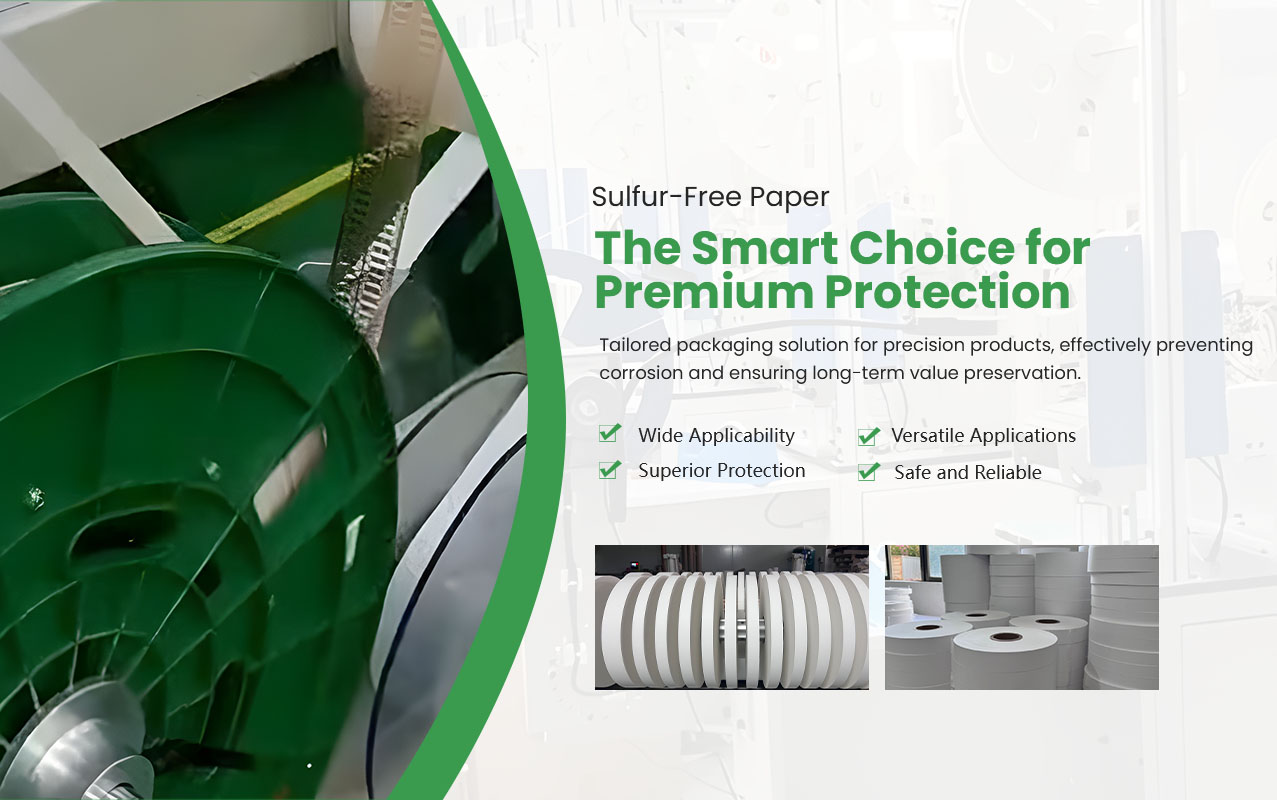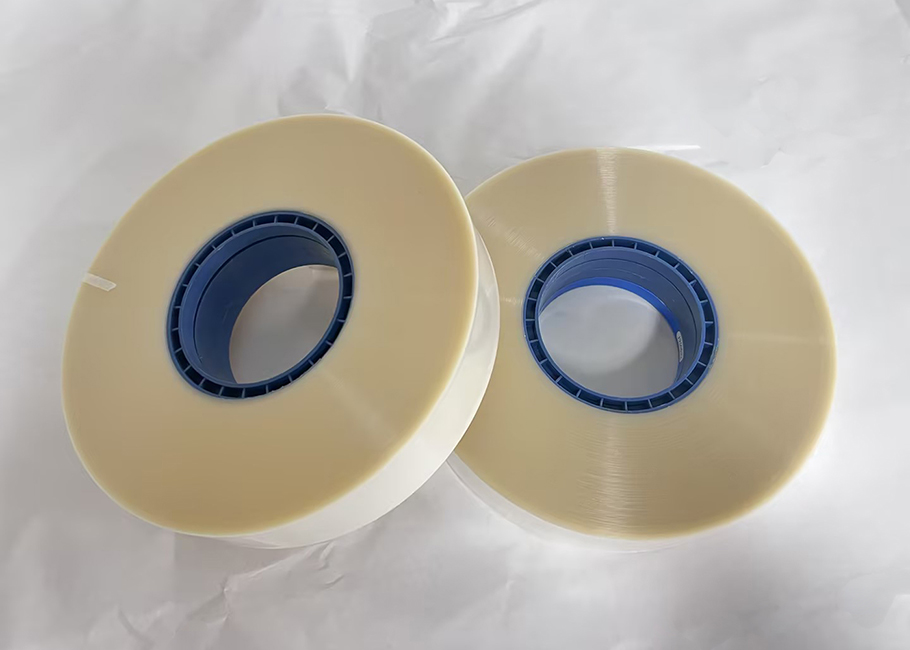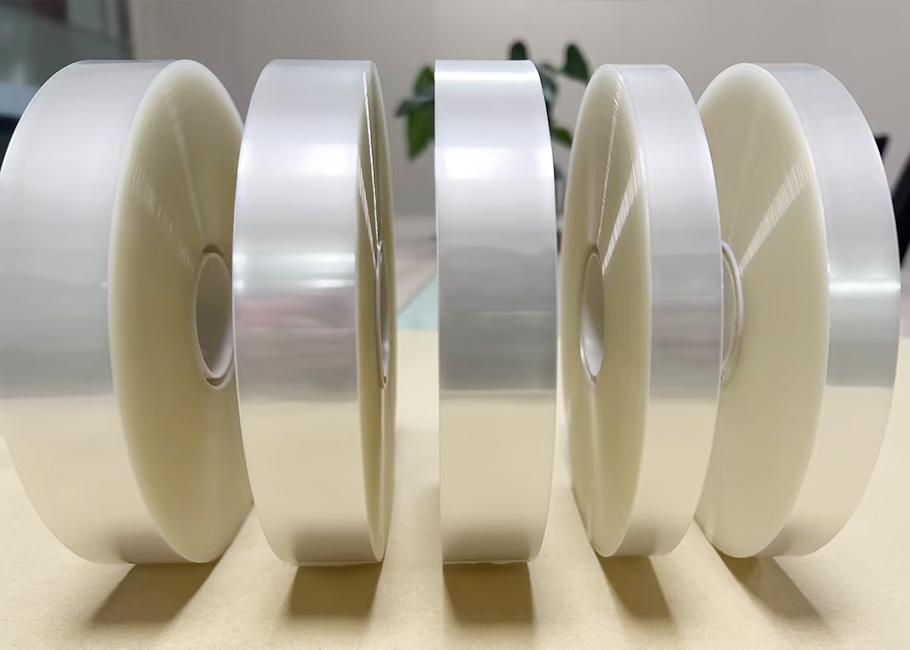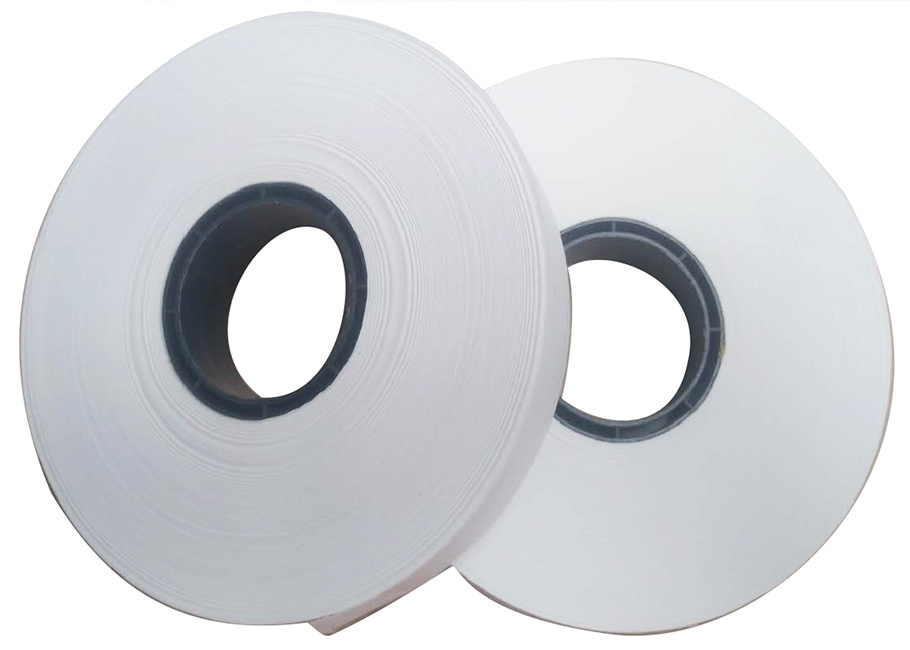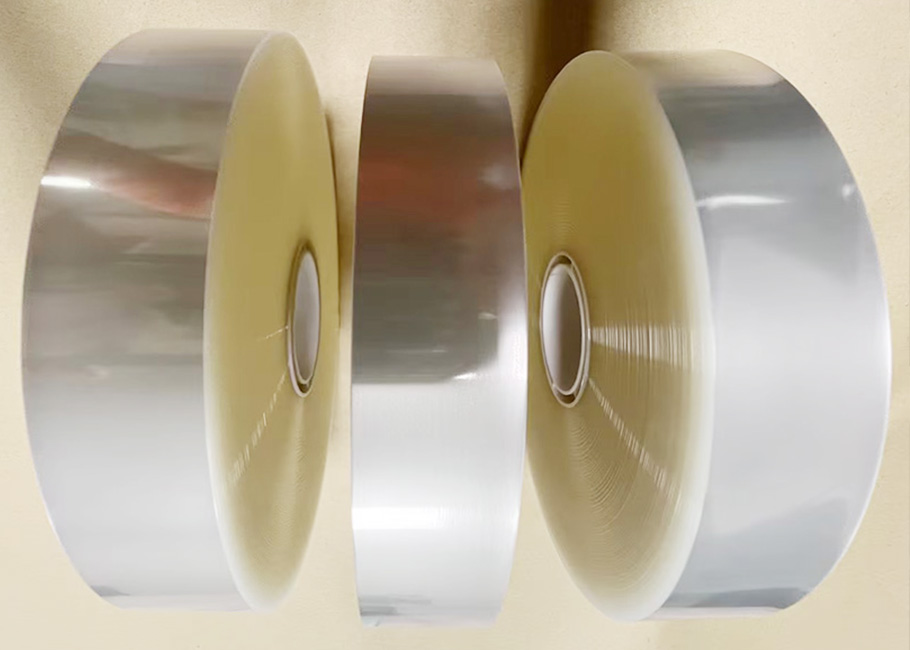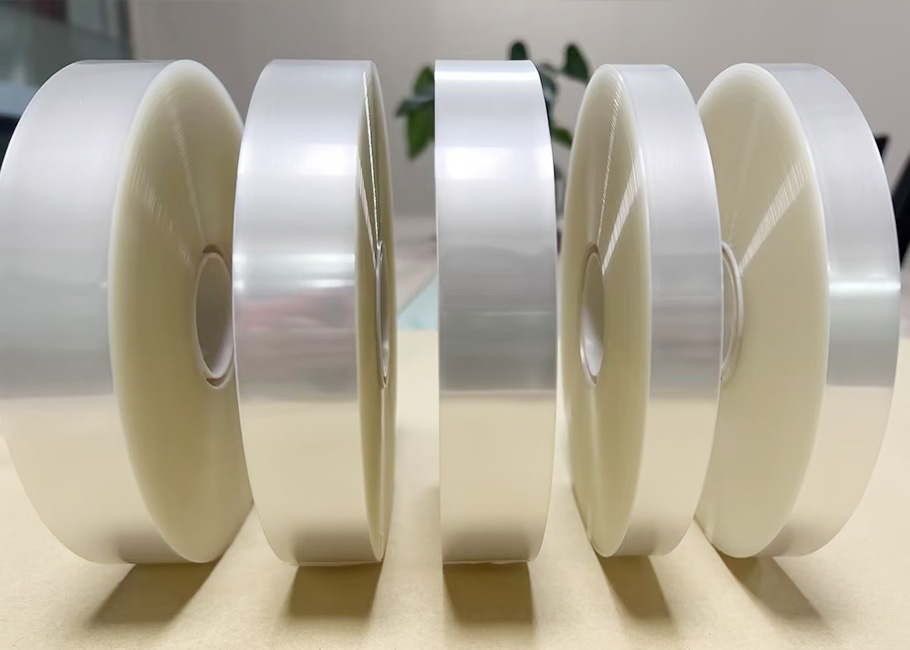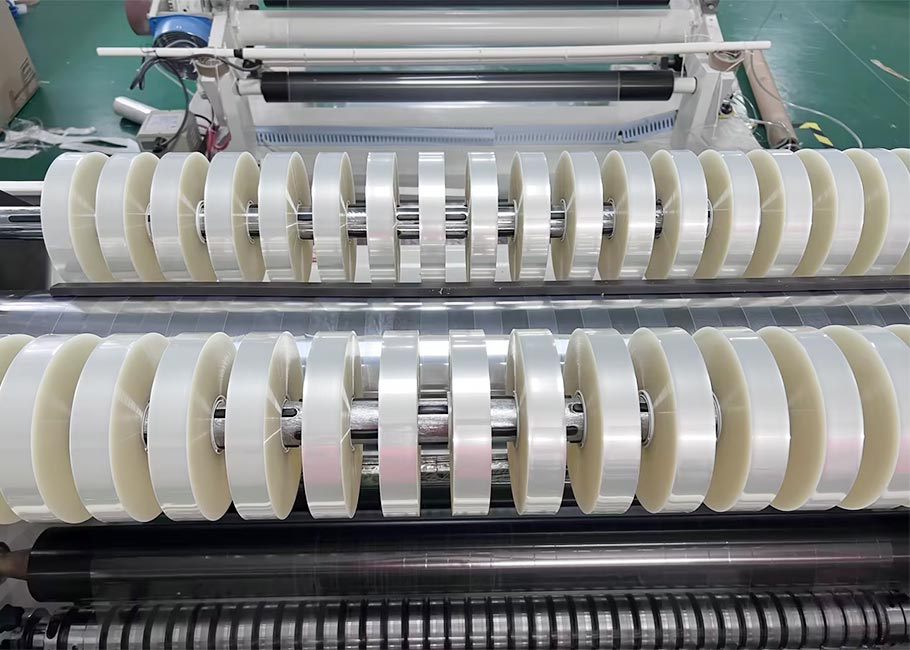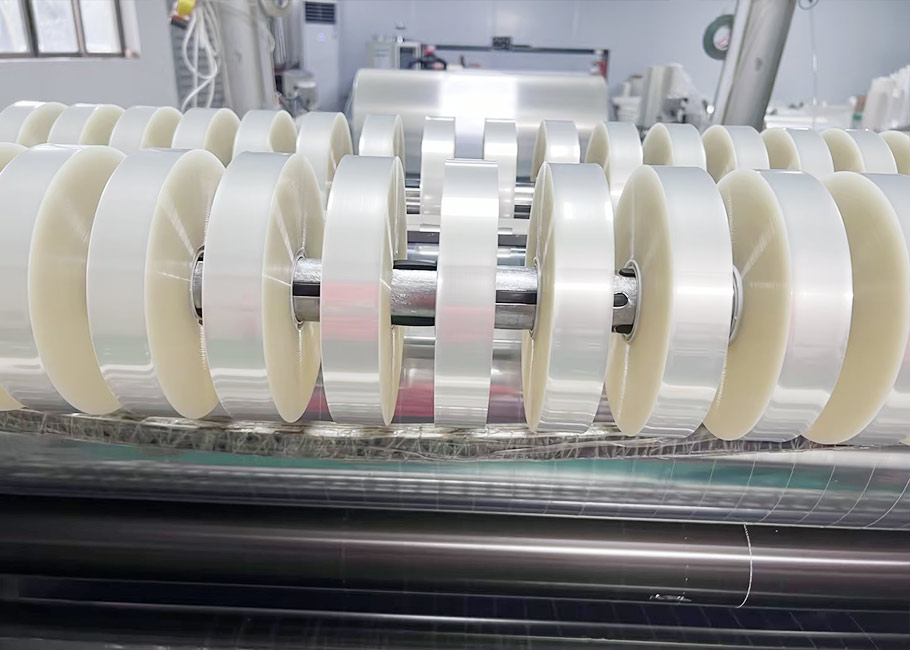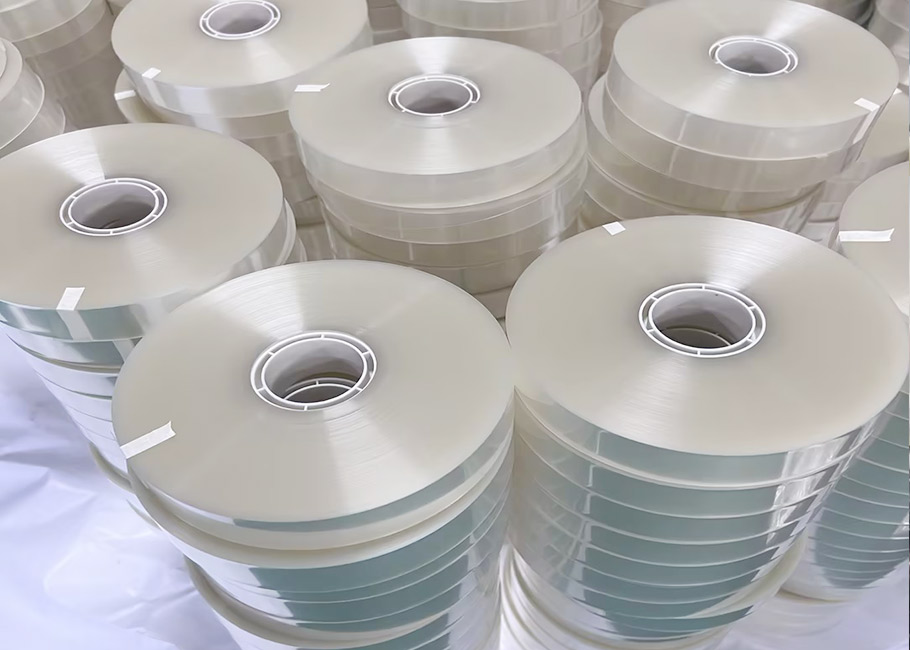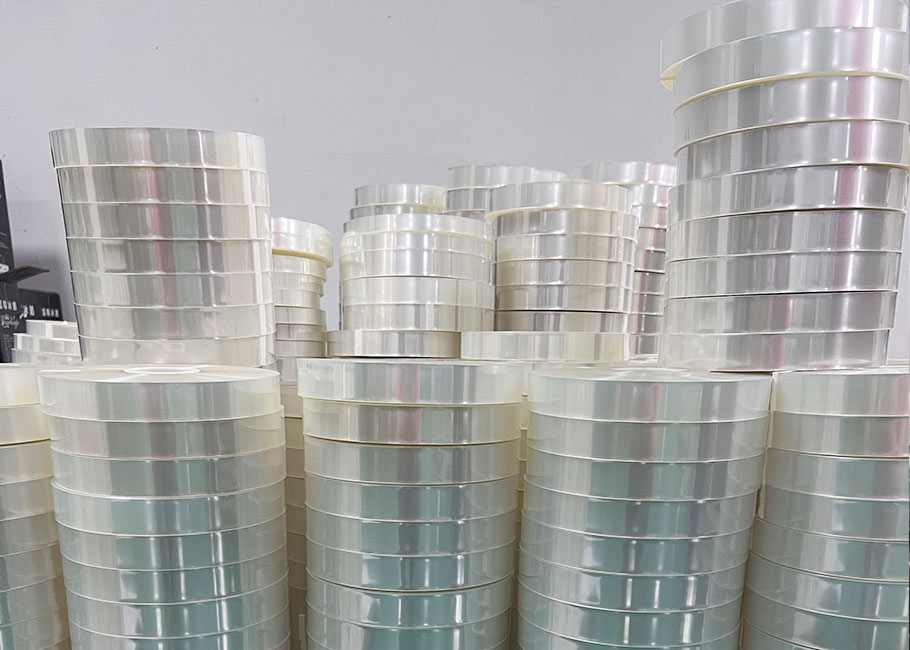Industrial Wrapping Film Roll
- Product Information
Industrial Wrapping Film is a packaging material designed for industrial use, usually used to protect and secure products from environmental impacts during transportation and storage. It is a high-strength, durable plastic film that provides excellent protection to ensure that the product remains stable and intact during transportation.
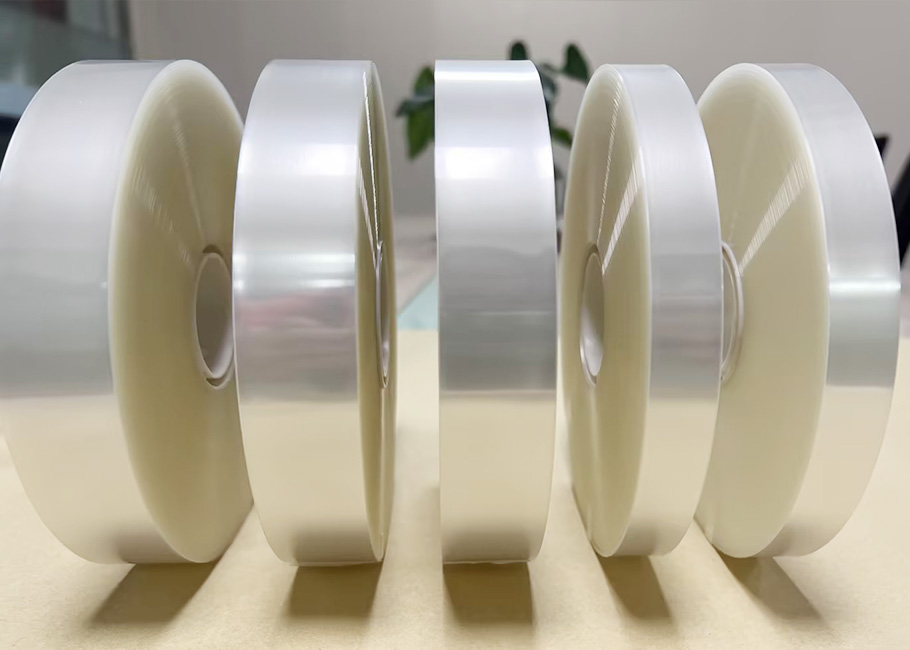
Industrial Wrapping Film Parameters:
| Material: | PET |
| Size: | Customizable Width And Thickness According To Customer Requirements |
| OEM: | OEM/ODM Available |
| Packaging: | Carton |
| Factory Nature: | China Manufacturers Suppliers Factory |
Industrial Wrapping Film Features:
Material: Industrial Wrapping Film is usually made of PET (polyethylene terephthalate), which has excellent physical properties and chemical resistance.
Good tensile strength: It has high tensile strength and can withstand large tensile forces without breaking.
Good heat sealing effect: It can form a strong seal during the heat sealing process to ensure the integrity of the package.
High transparency: It provides good visual effects and is easy to check the products inside the package.
Strong weather resistance: It can resist UV rays, moisture and temperature changes to protect products from environmental impacts.
Environmental protection: Many industrial packaging films made of PET are recyclable and meet environmental protection requirements.
Customization: The thickness, color and surface treatment can be customized according to specific needs to meet the requirements of different industrial applications.
Chemical resistance: It has good tolerance to chemicals, oils and solvents to ensure the integrity of the package.
Moisture resistance: It provides a good moisture barrier to protect products from moisture.
Impact resistance: It has excellent impact resistance and can effectively protect products from physical damage during transportation.
Industrial Wrapping Film Application:
Packaging: Industrial Wrapping Film is widely used in packaging for food, electronics, furniture and other industries to ensure that products are not damaged during transportation and storage.
Strapping: Used to bundle various products, such as cartons, pallet cargo, etc., to provide a stable fixing effect.
Construction Industry: Used to protect building materials and equipment from dust and moisture intrusion.
Agriculture: Used to wrap agricultural products to protect them from environmental impact during transportation.
Logistics: Used in the logistics industry to fix and protect goods to ensure stability during transportation.
Retail: Used to package and display consumer goods, providing a professional appearance and protection.
Medical Industry: Used for packaging of medical devices and drugs to ensure sterility and integrity.
Automotive Manufacturing: Used for the protection of automotive parts to prevent scratches and chemical corrosion.
Electronics Industry: Used for insulation and protection of electronic components, providing electrical insulation and thermal stability.
Industrial Equipment: Used for packaging of heavy machinery and equipment to provide additional structural support.
Industrial Wrapping Film Use Tips:
Choose the right equipment: Choose the right packaging equipment according to the product type and packaging needs, such as a rotary packaging machine or a robotic packaging machine.
Operating specifications: Ensure that the operator has received professional training and is familiar with the use of the equipment to avoid packaging failures caused by improper operation.
Environmental conditions: Pay attention to the ambient temperature and humidity during use to ensure that the performance of the packaging film is not affected.
Regular maintenance: Perform regular maintenance and inspections on the packaging equipment to ensure its normal operation.
Storage conditions: Store Industrial Wrapping Film in a dry, cool environment, away from direct sunlight and high temperatures.
Safe operation: Pay attention to safety during operation to avoid accidents caused by equipment failure or improper operation.
Choose the right film material: Choose the right film material according to the specific application, such as moisture-proof, UV-proof or impact-resistant film material.
Avoid overpackaging: Minimize the use of packaging materials to reduce environmental impact while meeting protection needs.
Recycling: Ensure that the used packaging film can be recycled to meet environmental protection requirements.
Marking and identification: Add markings and identification to the packaging film for easy identification and management.


